Picture this: You’re standing on a sun-warmed terrace, glass of perfectly aged Port in hand, gazing out over an ancient landscape that looks like something out one of those movies you watch as much for the setting as for the plot. Welcome to Portugal’s Douro Valley, where every curve of the river reveals another jaw-dropping vista of impossibly steep vineyards and charming small towns.
Come experience the Douro Valley with NextTribe’s immersive trip, designed specially for small groups of women ages 45+. It happens in September; learn more here.
This is where you come to sip, savor, and soak up centuries of winemaking wizardry amid an area that has been one of Europe’s best-kept secrets. Whether you’re ready to get your hands dirty during harvest season, cruise the river like royalty, or simply master the art of the perfect Port pairing, the Douro Valley delivers experiences that are as rich and complex as the wines themselves.
And here’s the kicker: this UNESCO World Heritage region has been perfecting the art of hospitality for over 2,000 years. Maybe that’s why NextTribe founder Jeannie Ralston says it’s one of her favorite spots on the planet; a location she keeps returning to. Spoiler alert: By the time you leave, you’ll also be planning your return trip before you even reach the airport.
Where Is the Douro Valley?
The Douro Valley stretches across northern Portugal like a glorious ribbon, following the meandering Douro River from the Spanish border all the way to the Atlantic Ocean near Porto. This is about 150 miles of pure vineyard eye candy, divided into three distinct personality-packed sub-regions: Baixo Corgo, Cima Corgo, and Douro Superior. Each one has its own vibe, but they all share that “how did humans even manage to plant grapes here?” factor.
Your gateway to this wine wonderland? The city of Porto, Portugal’s second-largest hub, known for its gorgeous architecture. Many adventurers start their trip to the Douro region from Porto’s historic center, and the journey is half the fun. You can head to the train station on what’s considered one of Europe’s most spectacular rides with the best views (two and a half hours of pure window-gazing bliss to Pinhão), rent a car for maximum flexibility, or—if you really want to arrive in grand style—navigate there by one of the area’s boat cruises.
The Douro Valley stretches across northern Portugal like a glorious ribbon, following its namesake river to the Atlantic.
Here’s what makes this place so special: Mother Nature created a perfect storm (but in a good way) of wine-growing conditions. The surrounding mountains act like bouncers, keeping that Atlantic moisture away and creating hot, dry summers and mild winters that grapes absolutely love. Add in the metamorphic rock soil that soaks up heat during the day and reflects it back to the vines at night, and you’ve got what wine experts call “ideal terroir.” Also known as: pure magic.
A Quick History Lesson
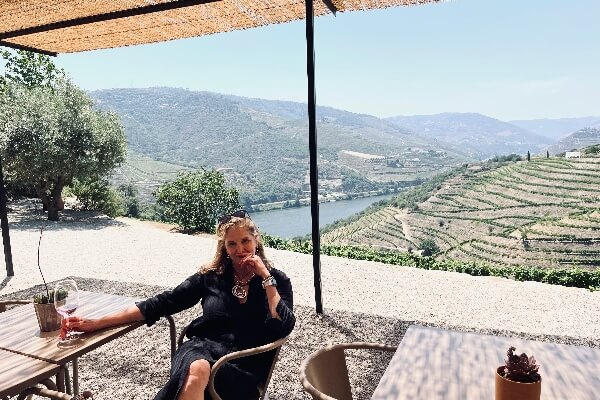
The Douro Valley has been in the wine business for over 2,000 years—talk about perfecting your craft! The Romans were the first to figure out that these wildly steep hillsides could produce delicious vintages, but it was medieval monasteries that really got things started, turning vine cultivation into both an art and a science.
But here’s where things get really interesting: In the late 1600s, English merchants were having a spat with the French and needed new wine sources. They discovered the robust reds of the upper Douro, but there was one tiny problem—how do you get wine to survive a sea voyage to England without turning into expensive vinegar? Enter Portuguese ingenuity: They started adding grape brandy to preserve the wine, and boom—Port wine was born. This little innovation didn’t just create a new drink; it created an empire.
The English needed a new wine source in the last 1600s, and the Douro Valley was happy to provide.
The Marquês de Pombal made the Douro the world’s first officially demarcated wine region in 1756—beating Bordeaux to the punch and making this place older than most European wine regions. Not bad for a bunch of terraces that hardly seem accessible by any creature other than extremely determined mountain goats.
Speaking of those terraces, they were created by generations of Portuguese families who literally moved mountains to carve out these vineyards. Millions of tons of schist rock were moved by hand to create narrow platforms supported by dry stone walls called socalcos. No bulldozers, no machinery; just pure human determination.
The region survived plagues of insects, economic disasters, and rural depopulation, but the late 20th century brought a renaissance that culminated in UNESCO recognition. Today’s Douro Valley perfectly balances respect for tradition with modern innovation, and that’s exactly the kind of authenticity NextTribe introduces their travelers to.
What the Douro Valley Is Known For
When most people hear “Douro Valley,” they think of Port wine, and rightfully so. This is where the magic happens, where sweet fortified wine has been the star of celebrations and sophisticated sipping for centuries. But the region has evolved way beyond Port to produce some absolutely spectacular table wines that’ll quickly become favorites.
There are indigenous grape varieties with names like Touriga Nacional, Tinta Roriz, and Touriga Franca—grapes that have adapted to this unique landscape over centuries and produce wines with personality that simply cannot be replicated anywhere else on earth. These aren’t your basic wine-shop options; these are liquid stories of place and tradition.
The wine is just the beginning of this region’s charm offensive.
But the wine is just the beginning of this region’s charm offensive. The landscape changes personality with the seasons like a master performer. Spring brings fresh green shoots and almond blossoms that’ll have you reaching for your camera every minute. Summer months reveal the full drama of vine-covered terraces stretching to the horizon. Autumn transforms everything into golden perfection during harvest season (this is when NextTribe tours the area). And winter? The holiday season strips everything down to reveal the raw, architectural beauty of those ancient stone terraces.
Then there are the quintas—think of them as wine estates with serious historical cred and modern luxury vibes. In other words, among the best places to go for the best experiences as a traveler in Europe. Many quintas have been in the same families for generations, and now they’re opening their doors to curious folks. These aren’t just places to sleep; they’re your gateway to authentic wine culture, complete with top-notch hospitality and dining that showcases the region’s incredible gastronomy.
And speaking of food, the Douro Valley takes its cuisine as seriously as its wine. The best way to find out is to sit down for some of the hearty, soul-satisfying dishes made with local ingredients: river fish, game, incredible olive oil, and almonds. Traditional specialties like lamprey rice (a fish stew) and various preparations of bacalhau (salt cod) are designed to make those robust local wines sing. This is comfort food at its finest, created by people who understand that great wine deserves equally great company on the plate.
The Douro Valley’s UNESCO Honors
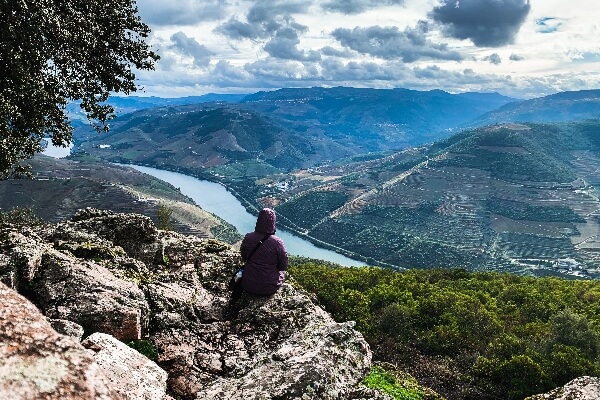
In 2001, the Alto Douro Wine Region received UNESCO World Heritage status, recognizing it as an outstanding example of a traditional European wine-producing region. The UNESCO designation specifically highlights the Douro Valley as a cultural landscape of exceptional beauty that reflects the technological, social, and economic evolution of wine production over time. This status places the Douro Valley alongside other iconic landscapes like the Loire Valley in France and the Wachau Cultural Landscape in Austria.
UNESCO specifically recognized the region’s unique dry stone wall terracing system, which represents “an outstanding example of a traditional European wine-producing region” and demonstrates sustainable land use practices developed over centuries. Wine nerds will be in heaven here, and for laypeople travelers, this UNESCO status provides assurance that the region’s unique character and traditional practices are protected for future generations.
This is where you’ll see the revered dry stone wall terracing system that traces up and down the steep landscape.
The recognition has also elevated the Douro Valley’s international profile, attracting intrepid travelers who seek destinations with both natural beauty and cultural significance. No wonder that a Douro Valley wine tour is bubbling up on more and more travel bucket lists.
Modern Douro winemaking combines respect for tradition with contemporary technology. While harvest is still largely done by hand due to the terrain’s steepness, many producers have invested in modern fermentation facilities and aging cellars that allow for precise control over wine quality. Visitors can observe this fascinating blend of old and new, from traditional stone lagares (fermentation tanks) where grapes are still foot-trodden to temperature-controlled stainless steel tanks and climate-controlled barrel rooms.
Picture This: You at the Wine Harvest

Which brings us to one of the most rewarding aspects of visiting the Douro Valley: the opportunity to have a truly hands-on (or feet-on) experience making wine. Many quintas offer comprehensive wine tourism programs that go far beyond simple tastings to provide authentic insights into every aspect of winemaking, from vineyard management to final bottling.
The annual harvest, or vindima, typically occurs from mid-September through early October and represents the year’s most thrilling period for wine tourism. Many quintas welcome visitors to participate in traditional harvest activities, including grape picking, sorting, and the ancient practice of foot-treading grapes in stone lagares. Yes, imagine that: actually smushing and squishing grapes with your feet, just as has been done for centuries.
The annual grape harvest represents the year’s most thrilling period for wine tourism.
These harvest experiences often culminate in festive meals featuring traditional foods paired with new wines, creating memorable cultural exchanges between visitors and local families who have been making wine for generations. (On NextTribe tours to Portugal, this kind of hands-on experience is usually a highlight of the trip and the very definition of having a great time when traveling.)
For those visiting outside harvest season, year-round wine tourism activities include guided vineyard walks that explain viticultural techniques and terroir characteristics (you’ll emerge quite the wine connoisseur), one-on-one chats with winemakers, cellar tours showcasing both traditional and modern winemaking equipment, and tastings that highlight the diversity of the region’s excellent wines.
Many quintas remain family-owned operations where visitors interact directly with owners and workers who have deep personal connections to the land and its traditions. This creates opportunities for meaningful cultural exchange and genuine learning that extends beyond wine to encompass rural Portuguese culture, history, and way of life.
River Cruising to Pinhão: A Scenic Journey

Here’s another memorable way to get off the main roads when traveling in Portugal: Try a boat tour. The journey to Pinhão by river cruise represents one of the most spectacular and relaxing ways to experience the Douro Valley’s magnificent landscape. These leisurely boat trips, available as a day trip or multi-day cruises, follow the river’s serpentine path through the heart of the wine region, offering perspectives on the terraced vineyards that cannot be appreciated from road or rail.
Pinhão itself serves as the unofficial capital of the Douro wine region, a charming riverside town that has retained its authentic character despite increasing tourism. The town’s railway station, decorated with gorgeous traditional azulejo tiles depicting scenes of wine production and harvest, provides a beautiful introduction to local culture and history. From Pinhão’s waterfront, visitors can see some of the region’s most prestigious quintas rising up the surrounding hillsides, their terraced vineyards creating geometric patterns across the landscape.
Pinhão is a charming riverside town that has retained its authentic character despite increasing tourism.
River cruises are typically floating wine tours, with stops at various quintas along the route, allowing passengers to disembark for wine tastings and meals featuring regional specialties.
The boats themselves range from a traditional rabelo boat—the flat-bottomed vessel historically used to transport Port wine barrels from the quintas to Porto—to a modern river cruise ship equipped with the latest, fanciest amenities. Many cruises include meals prepared with local ingredients and an extensive curated wine list that’ll have you taking notes for future reference.
The river perspective also reveals aspects of the landscape and its history that are not visible from any rental car. Ancient terracing techniques, abandoned quintas, and geological formations appear amid the changing light as the day wears on. It’s a challenge not to spend the day snapping photos.
What Else to See and Do in the Douro Valley
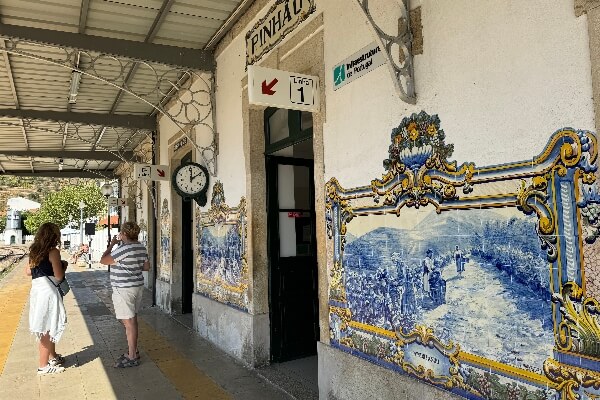
Beyond its world-renowned vineyards and river cruises, the Douro Valley offers a host of cultural and historical attractions that enrich any visit to the region. The medieval town of Lamego, crowned by the impressive Sanctuary of Our Lady of Remedies, provides glimpses into the region’s religious heritage and offers panoramic views over the surrounding wine country. The sanctuary, reached by climbing a magnificent baroque staircase decorated with azulejo tiles, represents one of Portugal’s most important pilgrimage sites and showcases the artistic traditions that flourish throughout the region.
The picturesque Provesende, designated as one of Portugal’s most beautiful villages, offers an authentic glimpse into traditional Douro life with its narrow cobblestone streets, granite houses, and small family-run quintas.
Visit the medieval town of Lamego for a stunning baroque church decorated with the area’s signature tiles.
For those interested in archaeological history, there are plenty of sites dating from prehistoric times through the Roman era. The Côa Valley Archaeological Park, located in the Douro Superior subregion, preserves one of the world’s largest collections of Paleolithic rock art, with thousands of engravings dating back over 25,000 years. This UNESCO World Heritage site provides fascinating context for understanding human habitation in the region long before the first vineyards were planted.
Traditional crafts (shopping alert!) continue to thrive throughout the Douro Valley, offering visitors opportunities to observe and purchase authentic local products. Pottery, weaving, and woodworking traditions passed down through generations are still practiced in many villages, and several workshops welcome visitors to observe artisans at work. These crafts often incorporate motifs and techniques directly related to wine production and rural life, creating unique souvenirs that reflect genuine local culture.
Want to see more of the local flora and fauna? The Alvão Natural Park and Montesinho Natural Park offer hiking opportunities through diverse ecosystems, from oak forests to mountain meadows, providing contrast to the intensively cultivated vineyard landscapes and opportunities to observe wildlife including wild boar, roe deer, and an array of bird species.
The Douro Valley doesn’t just offer vacation memories—it offers transformation. Whether you’re getting your hands purple during harvest, mastering the perfect Port and cheese pairing, or simply watching the sun set over those incredible terraces from the deck of a river cruise, you’re participating in a story that’s been unfolding for over two millennia.
So pack your most comfortable walking shoes, bring your sense of adventure, and prepare for a wine country experience that’ll spoil you forever.
Wine Glossary for Douro Valley Travelers
Here’s your cheat sheet for a Douro Valley tour or any trip to the area.
Adega – Traditional winery or wine cellar where wines are produced and aged
Aguardente – Grape brandy added to Port wine during fermentation to stop the process and preserve sweetness
Colheita – Single-vintage tawny Port aged in wood for at least seven years
DOC (Denominação de Origem Controlada) – Portuguese designation for wines from specific regions meeting strict quality standards
Douro – Both the river and the wine region; also refers to still (non-fortified) wines from the region
Fortified wine – Wine to which grape spirit has been added, like Port
Lagar – Traditional stone fermentation tank where grapes are crushed, often by foot-treading
LBV (Late Bottled Vintage) – Port from a single vintage, aged in wood 4-6 years before bottling
Quinta – Wine estate or farm, often historic properties offering tours and accommodations
Ruby Port – Young, fruit-forward Port aged briefly in large vats to preserve color and fresh fruit flavors
Socalcos – Dry stone walls that support the terraced vineyards
Tawny Port – Port aged in smaller barrels, developing nutty, caramel flavors and lighter color
Terroir – The complete environment affecting wine character: soil, climate, topography, and tradition
Touriga Nacional – Premium Portuguese grape variety, considered the country’s finest red wine grape
Vindima – Harvest season (typically September-October), when visitors can participate in grape picking
Vintage Port – The finest Port from exceptional years, aged in bottles for decades and requiring decanting
Vinho Verde – Light, refreshing Portuguese wine (not from Douro, but you’ll encounter it throughout Portugal)Discovering the Douro Valley: Portugal’s UNESCO Wine Paradise

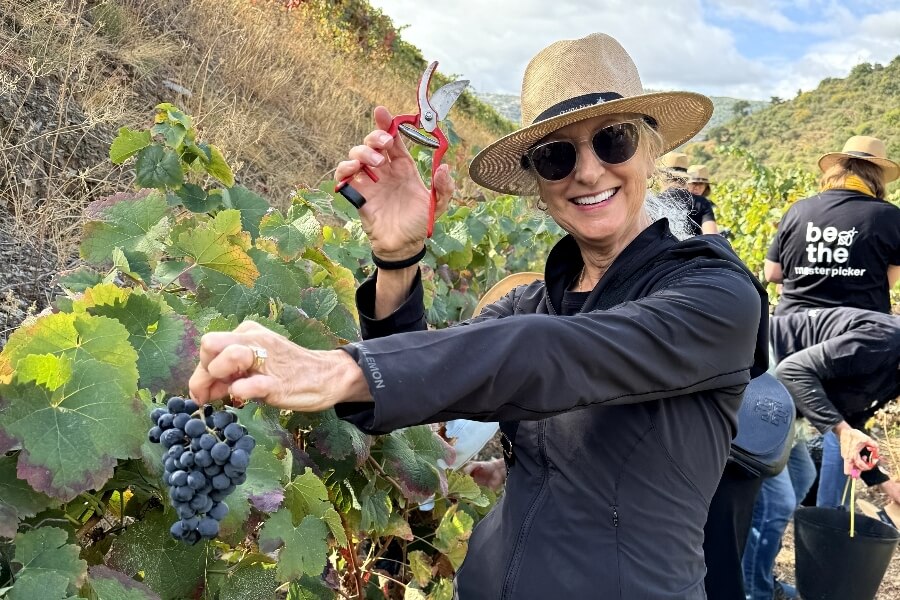



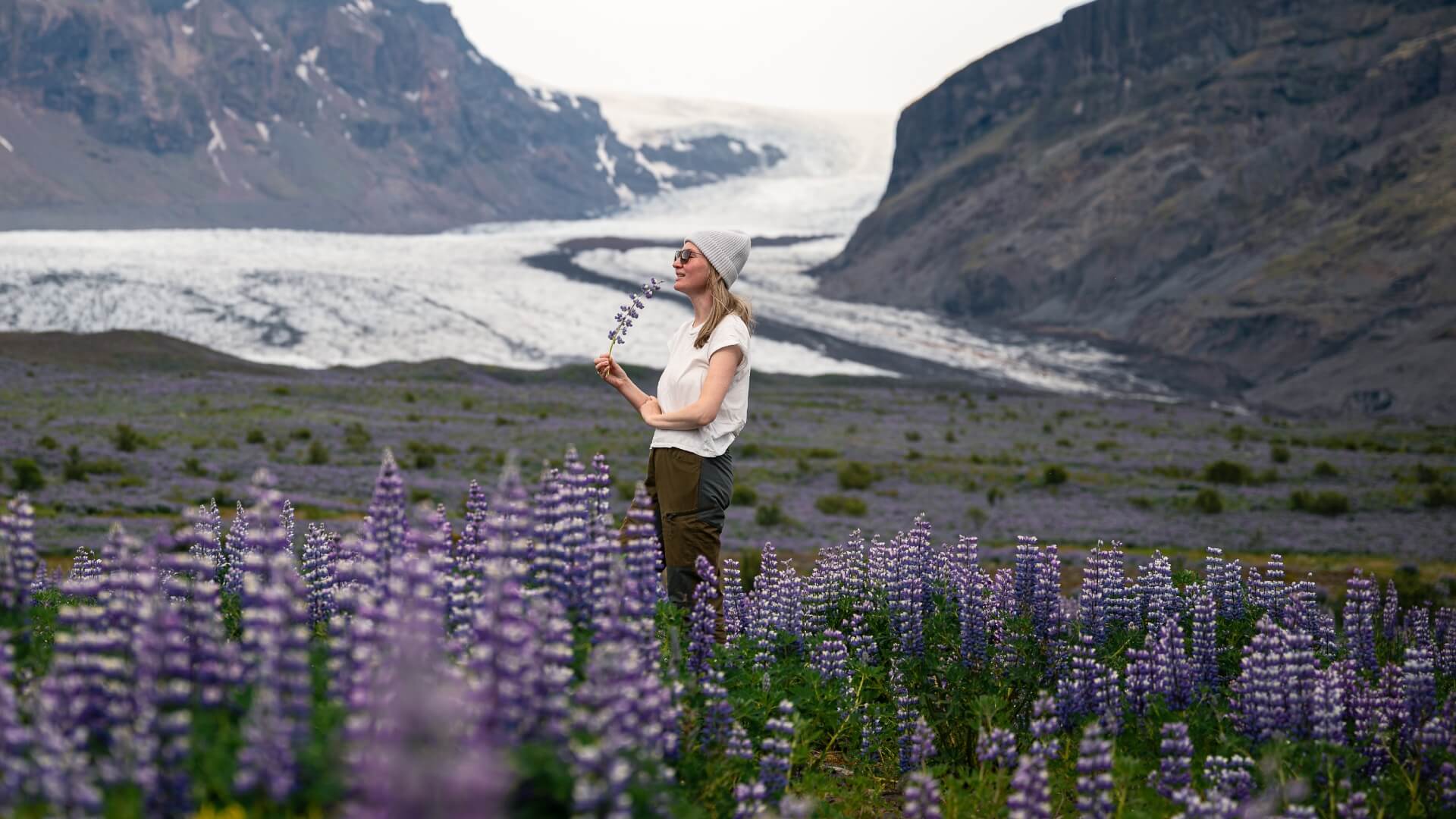
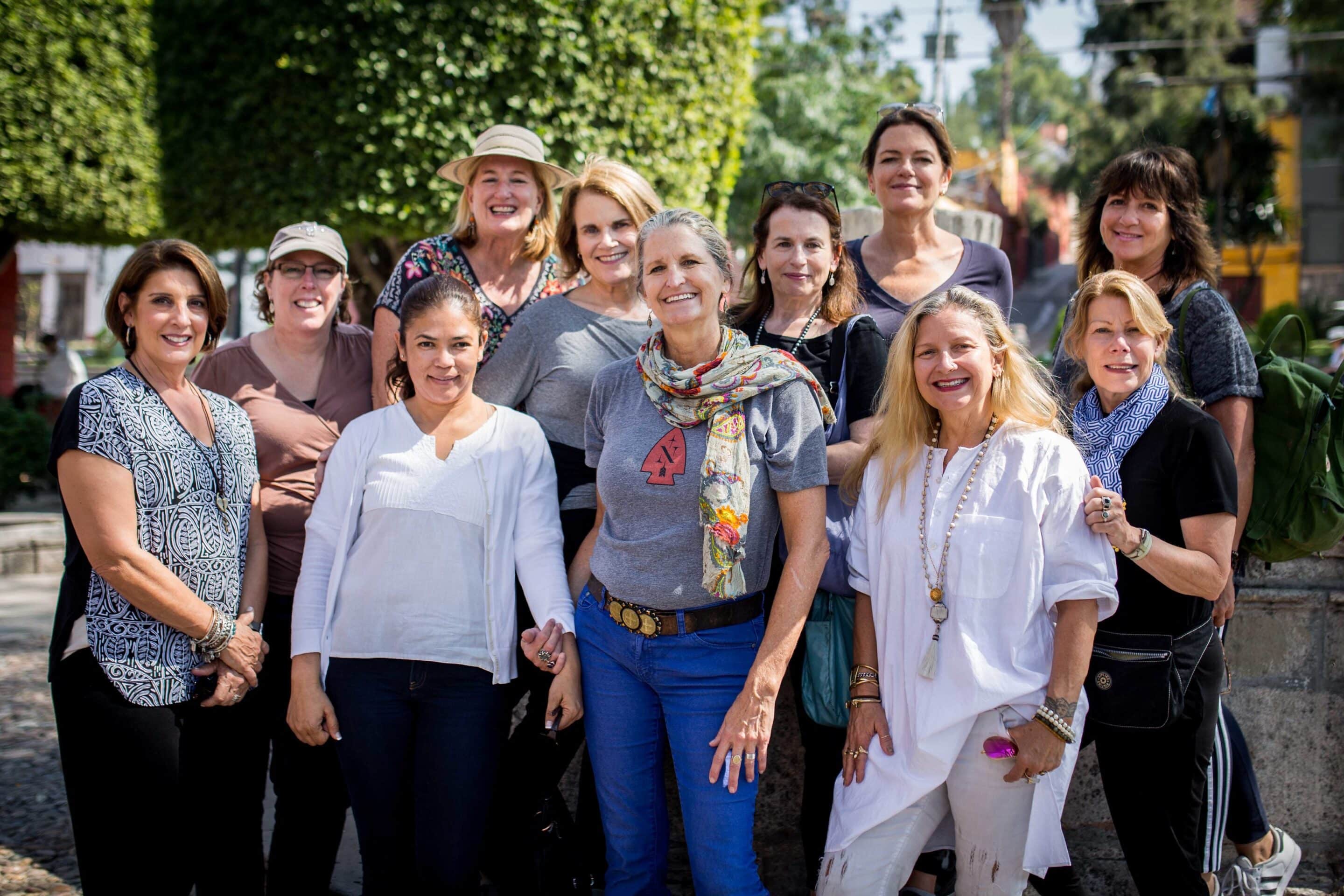
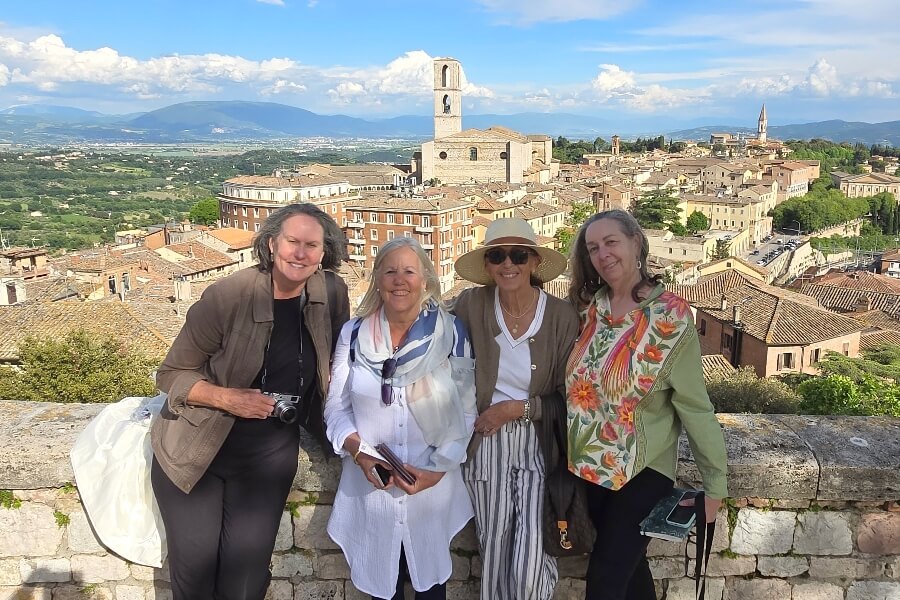



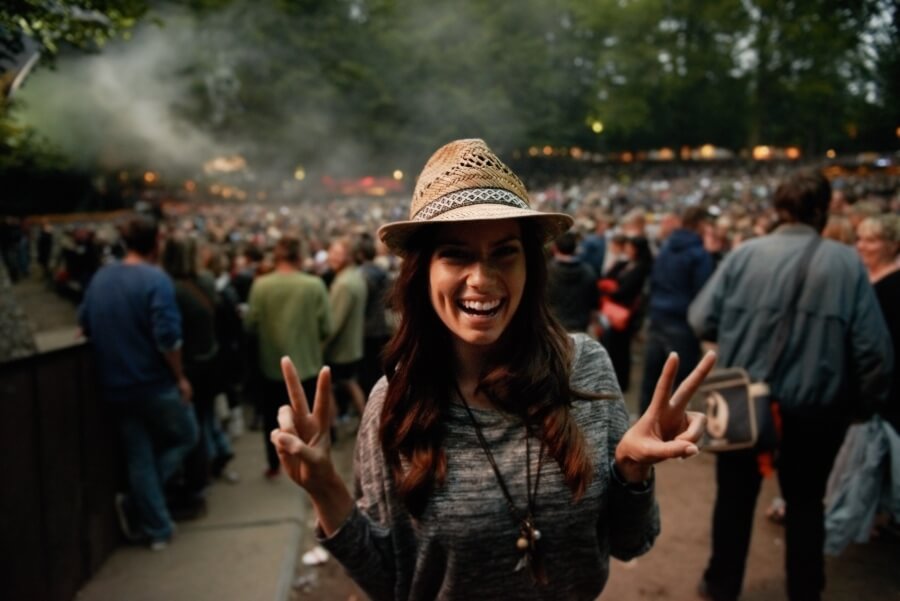
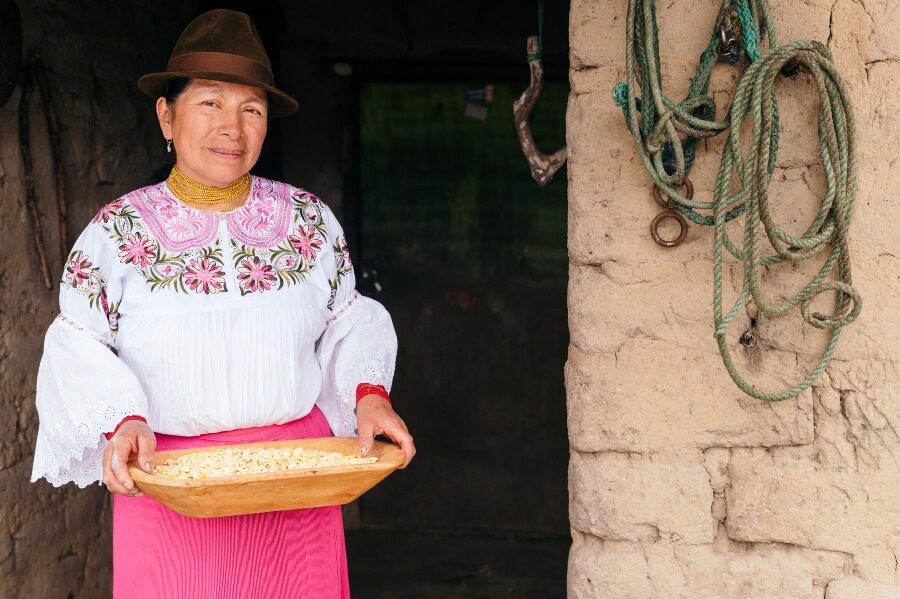
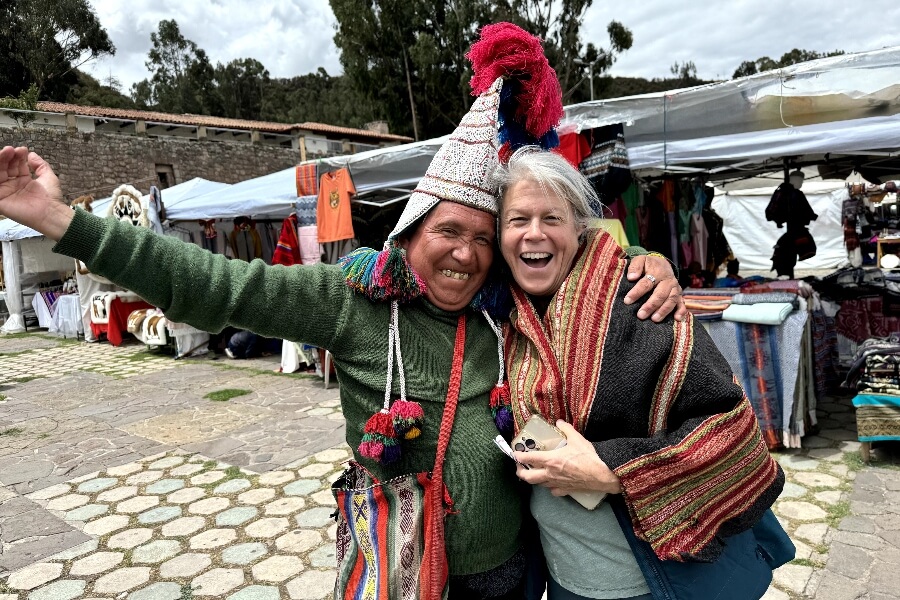

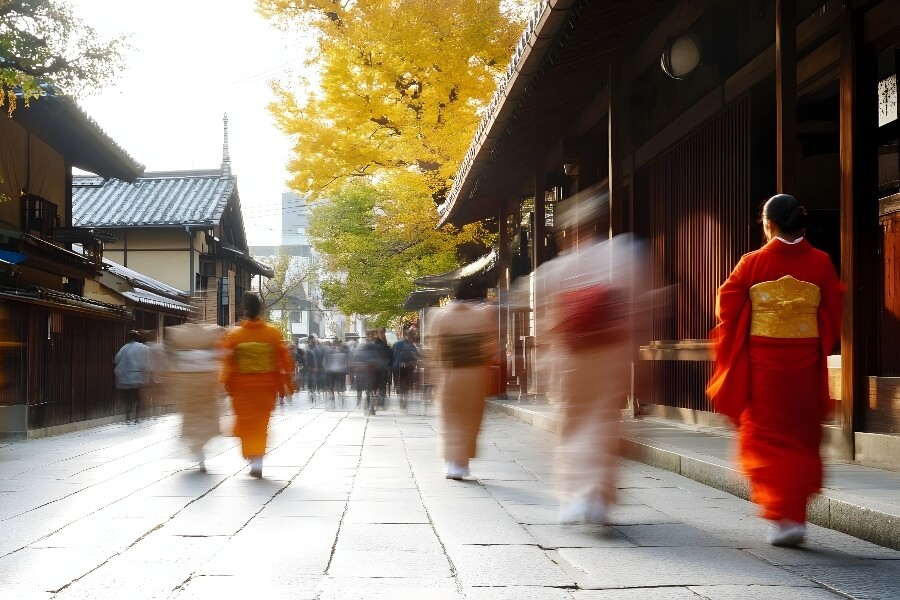
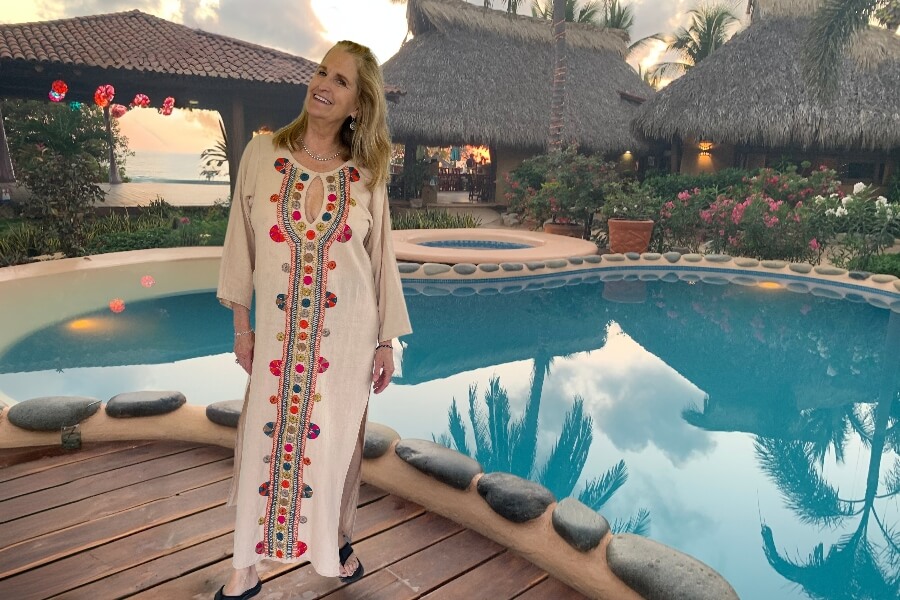


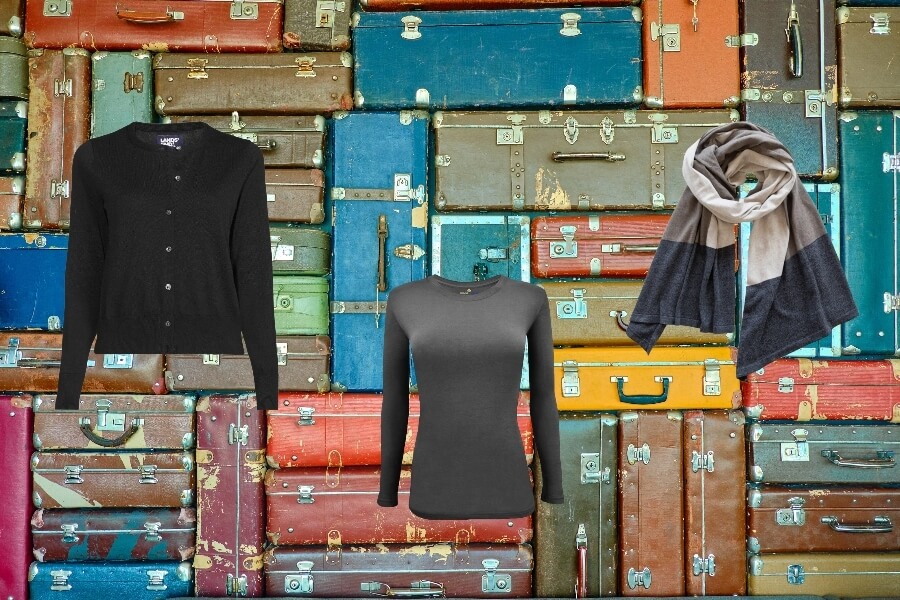



0 Comments